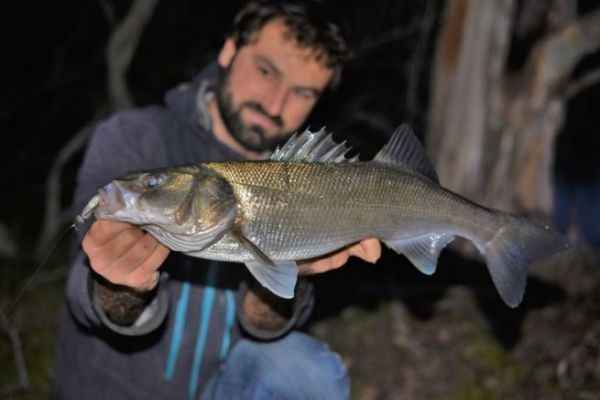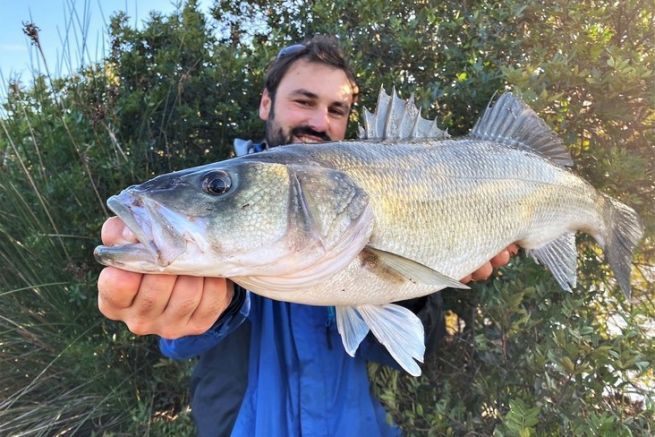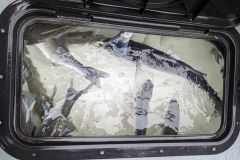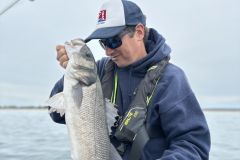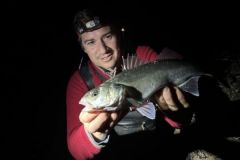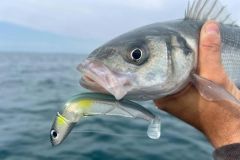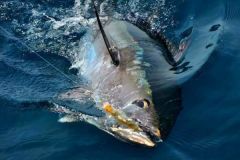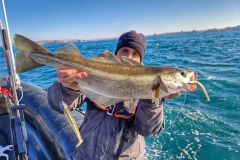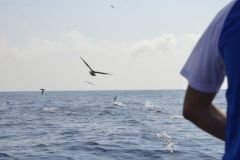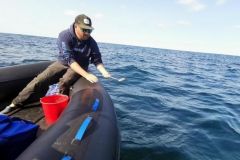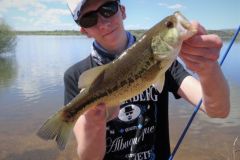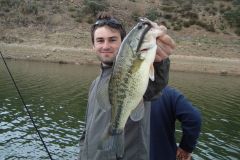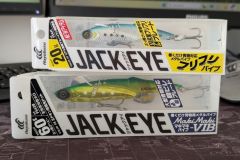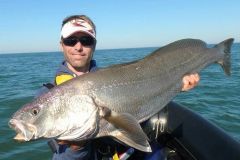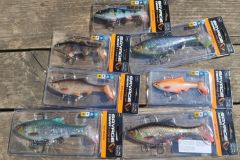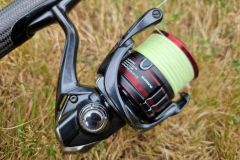Stalking a marine fish in freshwater is somewhat unsettling, even disconcerting. The first times I saw them, I was fishing for trout... So I had to insist on using different lures than those intended for speckled trout to try and catch a wolf.
Where to find them?
Sight fishing is tempting, and we know that it's particularly effective in Brittany when bass are sticking to the bank. In freshwater, sea bass seem completely on the lookout and are extremely wary. Sight fishing has never worked for us in freshwater. Even when fishing fine and casting discreetly away from the spotted fish with unweighted lures, wolffish react and eventually bolt.
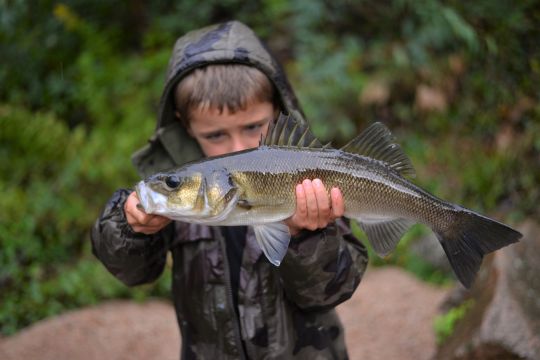
So we had to change our approach and prospect for favorable areas. Most sea bass don't swim in the open, but lie deep in branches, roots and other obstacles carried by the water downstream. Water inlets (rainwater systems, ditches, small tributary streams...) are also good places to look. Only under sills do wolffish appear to be feeding, hunting mullet, eels and atherines (and probably trout, whitefish, crayfish...).
The right times
The best times to try bass fishing in freshwater seem to be autumn, from October to December, and spring, in April and May. The waters are not too cold and offer a valuable refuge for labrax.
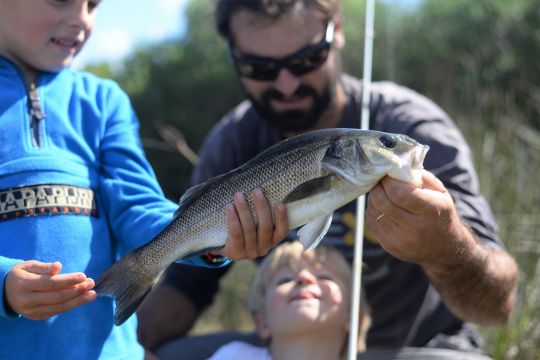
Waters cloudy after rain seem more favorable to sea bass stalking in rivers than low, clear waters. Near estuaries, high tides also seem more favorable.
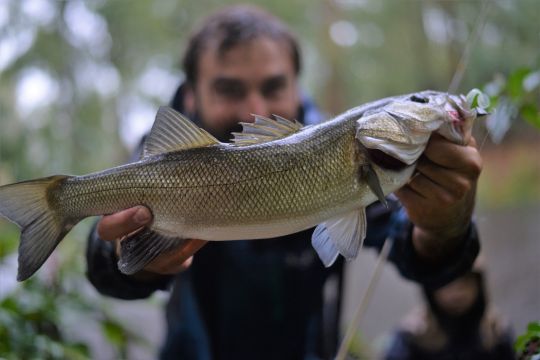
Lure fishing
There's only one step from black bass to seabass. The king of freshwater bass fishing is soft lure fishing on a Texas hook. Leaded heads with Texas hooks are the easiest to use and lend themselves perfectly to the use of small fish imitations (shad and finesse), worms or crayfish.
What's more, a rig on a leaded Texan hook induces a nervous swimming action that triggers more bites than rigs with sliding balls or weightless rigs that leave the lure much more freedom.
This set-up also allows you to skipper (ricochet the lure off the surface of the water) under foliage and deep into falling branches. ILLEX Texas Jig heads in 3.5 and 5 grams are perfect for this exercise. They are very pungent and the stall rate is close to zero, thanks to the slight flexibility of the metal.
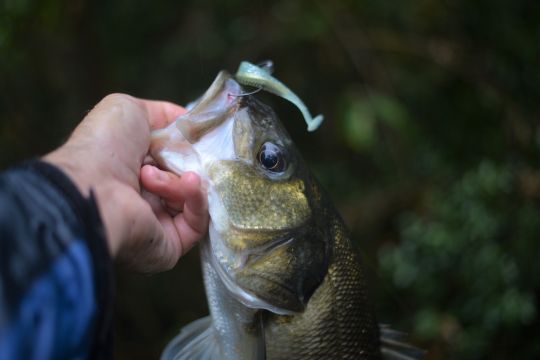
To fish the middle of the stream, where branches and obstacles lie on the bottom, you may want to use a stickbait or popper to bring the fish up.
Rod and reel
I mainly use rods between 2m and 2.20m long, with ML to MH power. Some very nice fish can be caught, and in the middle of a current, it can be very sporty!

I use a high-recovery reel size 2500 to 3000 with a shallow spool. This allows me to fill my reel perfectly with fine braid (PE0.8 or PE1) without using more than 150m (the capacity of most manufacturers' line spools). The fine, low-elasticity braid makes it easier to work the lure and, above all, to detect bites. They can be explosive or almost imperceptible, as with pike-perch.

 /
/ 